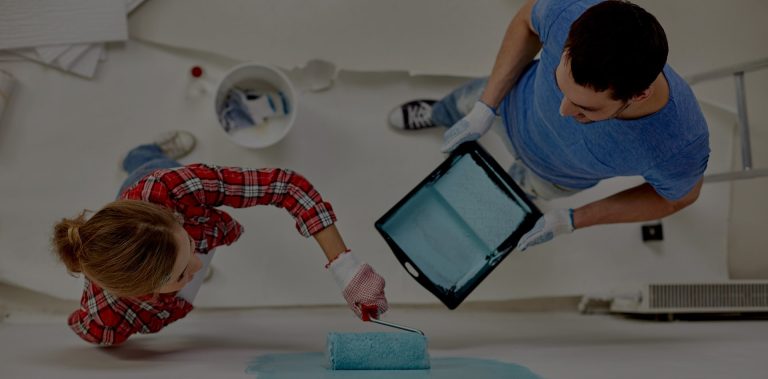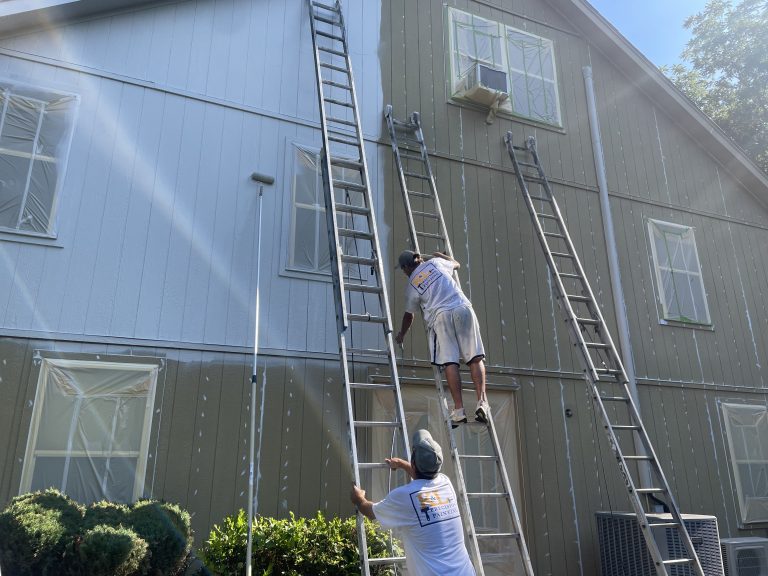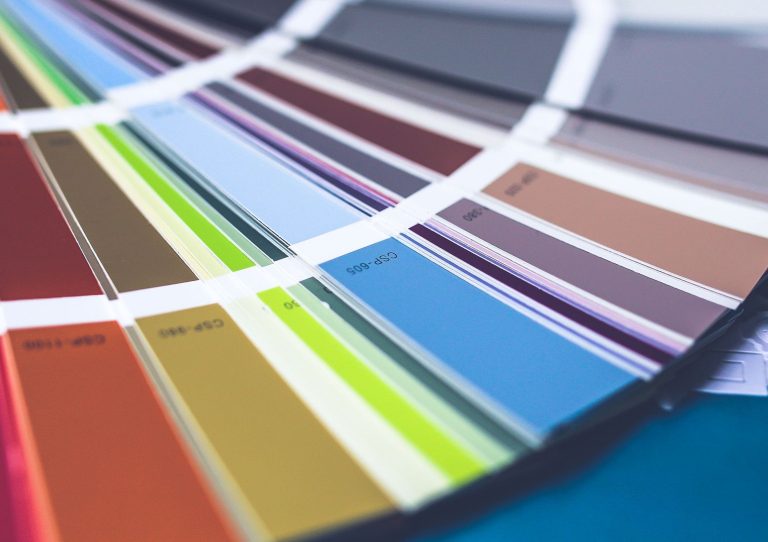How To Successfully Perform Touch Painting To Your Home
Have you ever noticed how a simple touch-up can transform the look of your home? Whether it’s covering up a scratch or refreshing a tired wall, touch painting is a quick, easy, and cost-effective way to spruce up your space. This guide will walk you through the process of touch painting your home, offering tips and techniques to achieve a flawless finish.
What is Touch Painting?
Touch painting, or touch-up painting, is a method of applying paint to small areas of a wall or surface to cover imperfections or wear and tear. Unlike a full paint job, it focuses on specific spots, making it a convenient DIY project for homeowners.
Benefits of Touch Painting
The primary benefits of touch painting include:
- Cost-Effective: It’s much cheaper than repainting an entire room.
- Time-Saving: It can be done quickly, often in just a few hours.
- Aesthetic Improvement: Keeps your home looking fresh and well-maintained.
Materials and Tools Needed
To get started, you’ll need:
- The original paint (if available) or a matching color
- A small brush or roller
- Painter’s tape
- Sandpaper (if the surface is rough)
- A clean cloth
Step-by-Step Guide
- Color Matching: If you don’t have the original paint, take a chip of the existing paint to a store for matching.
- Surface Preparation: Clean the area with a damp cloth and let it dry. If the surface is uneven, lightly sand it.
- Taping: Apply painter’s tape around the area to avoid accidental marks.
- Paint Application: Use a small brush or roller to apply the paint. Feather the edges to blend with the existing paint.
- Drying: Allow the paint to dry completely. If necessary, apply a second coat.
Tips and Tricks
- Test the Paint: Before starting, test the paint on a small, inconspicuous area to ensure the color matches.
- Use the Right Tools: For small areas, a brush might be better, while a roller can give a more uniform look for larger patches.
- Feathering Technique: Lightly brush outwards from the painted area to blend with the existing paint.
Common Mistakes to Avoid
- Skipping Surface Preparation: Ensure the surface is clean and smooth for the best results.
- Overbrushing: Overworking the paint can leave visible marks. Apply it lightly and evenly.
- Impatience: Allow enough drying time between coats to prevent smudging.
Conclusion
Touch painting is a simple yet effective way to give your home a mini-makeover. With the right tools and techniques, you can easily cover up blemishes and give your walls a fresh, updated look. Try it out and share your experiences in the comments below!





